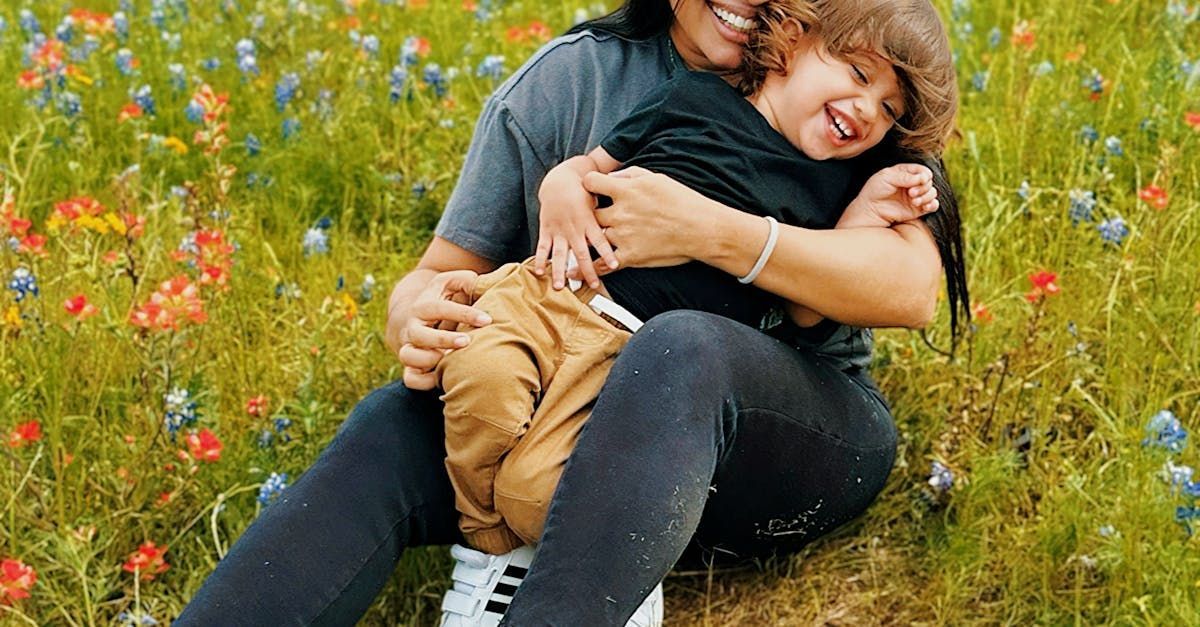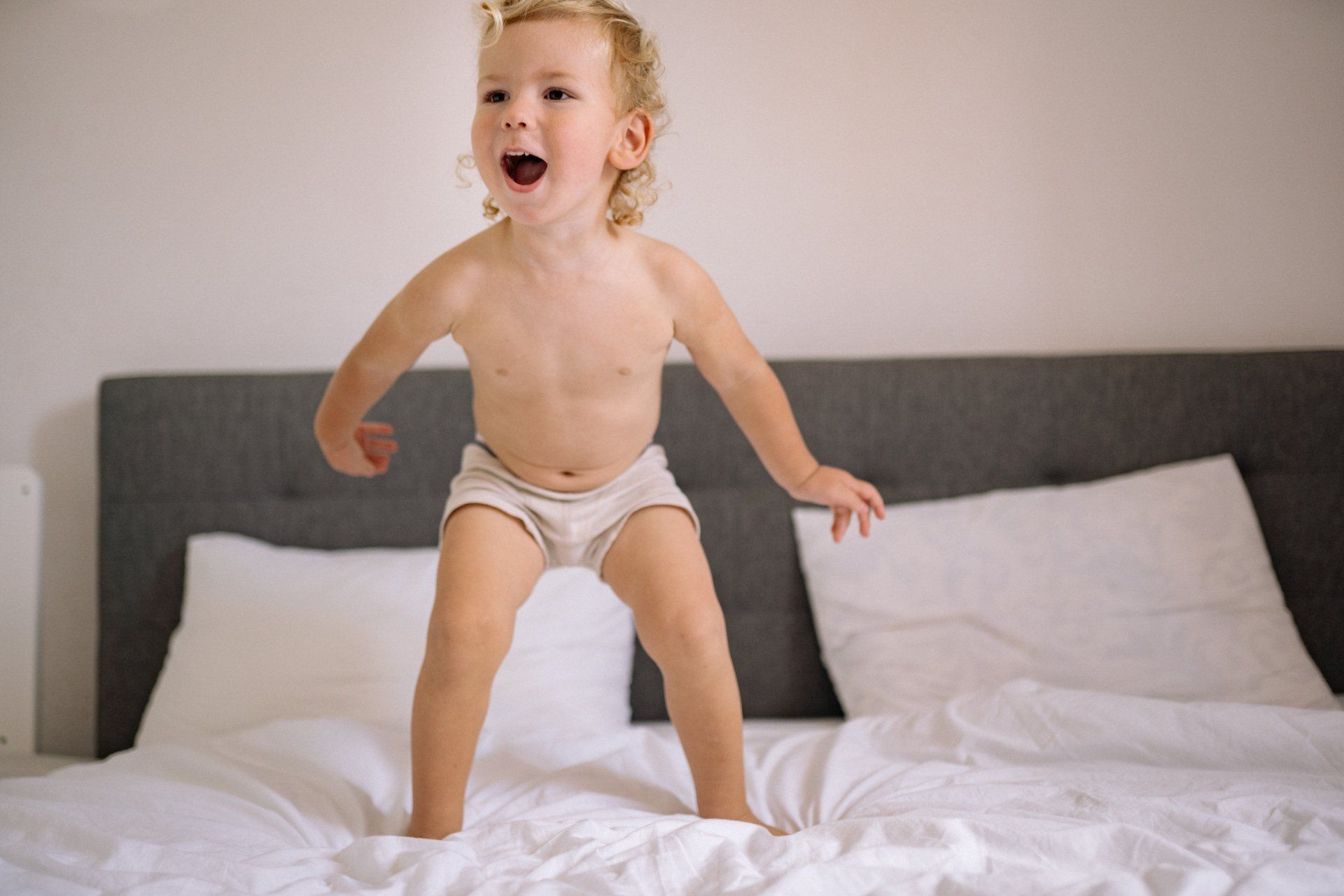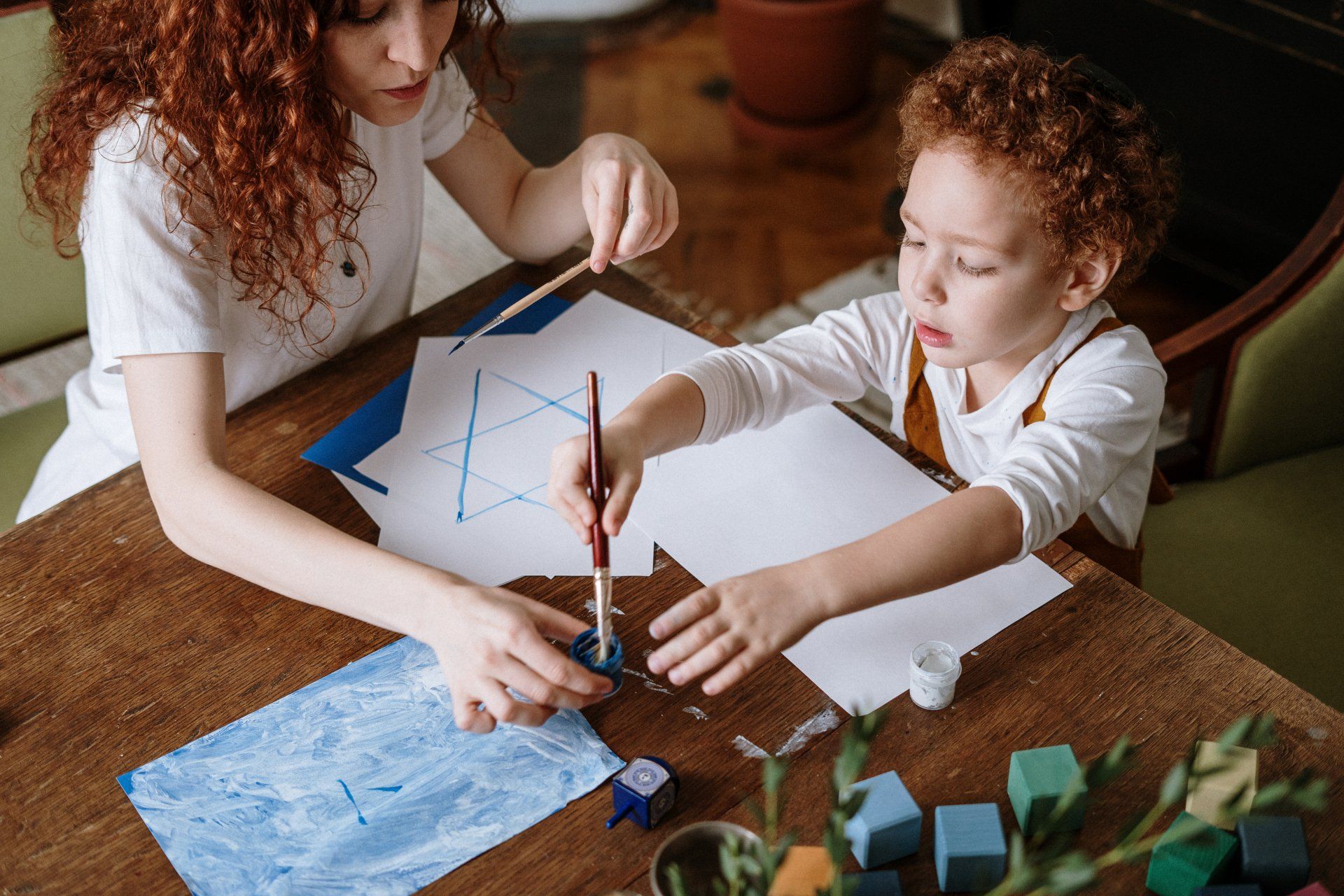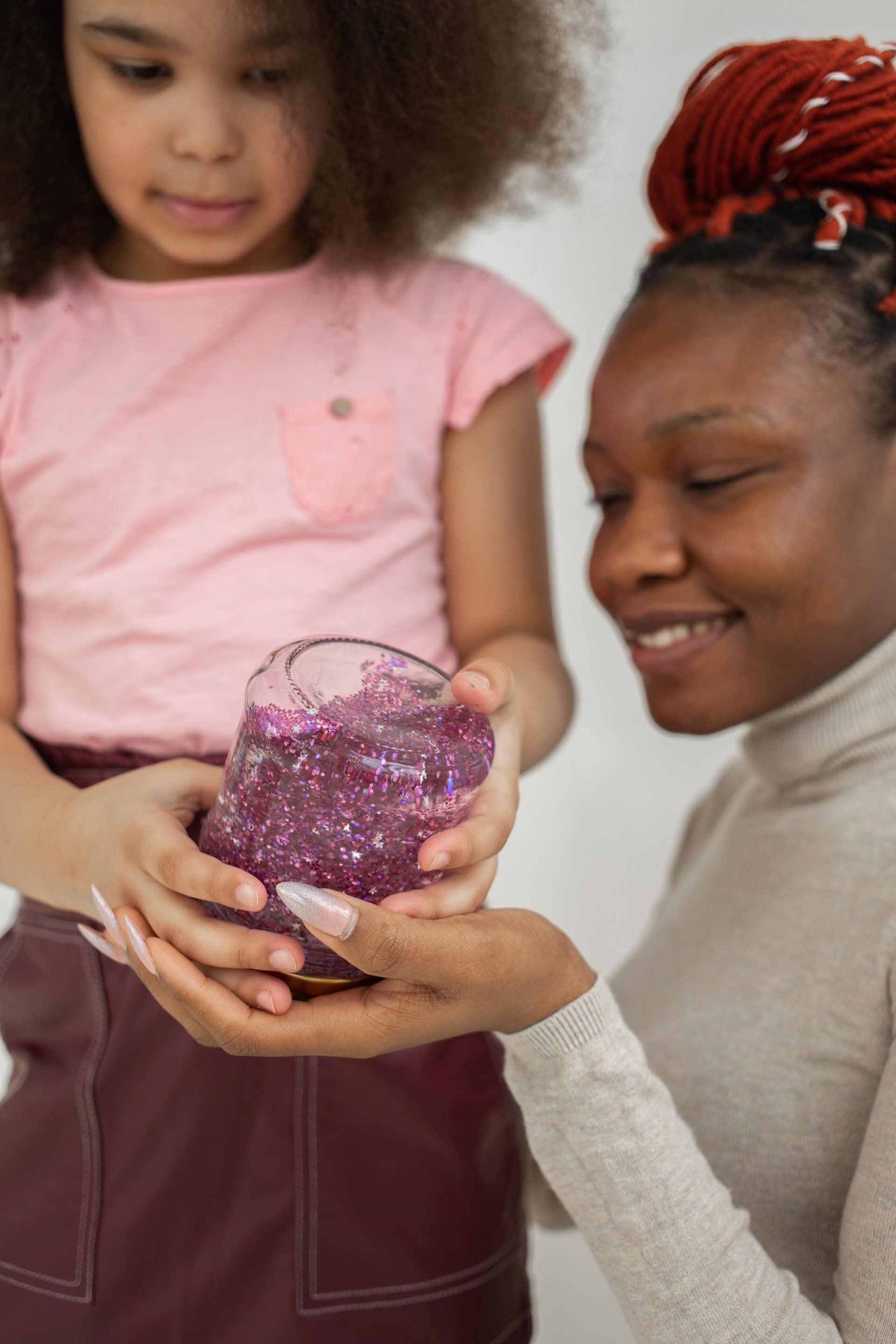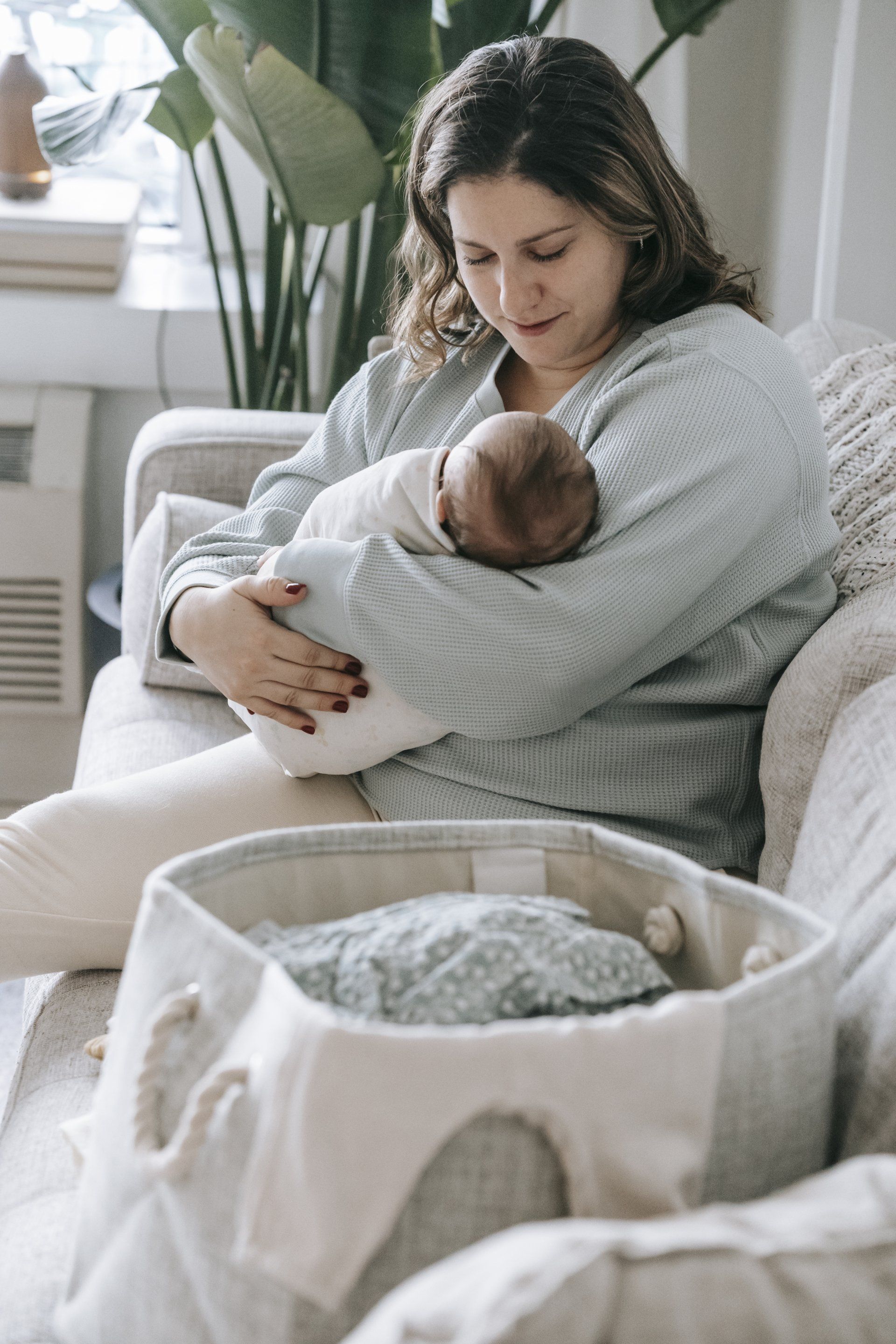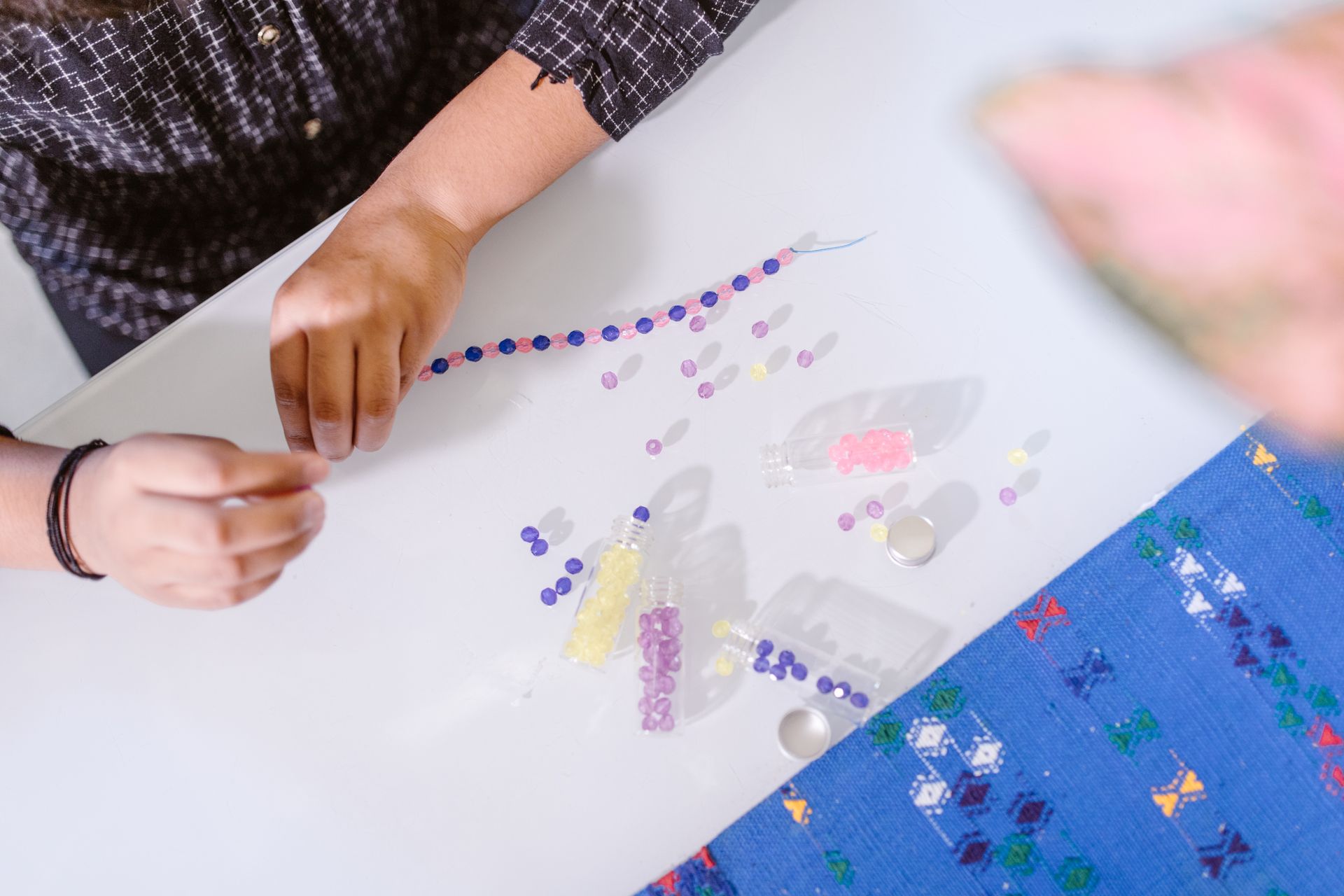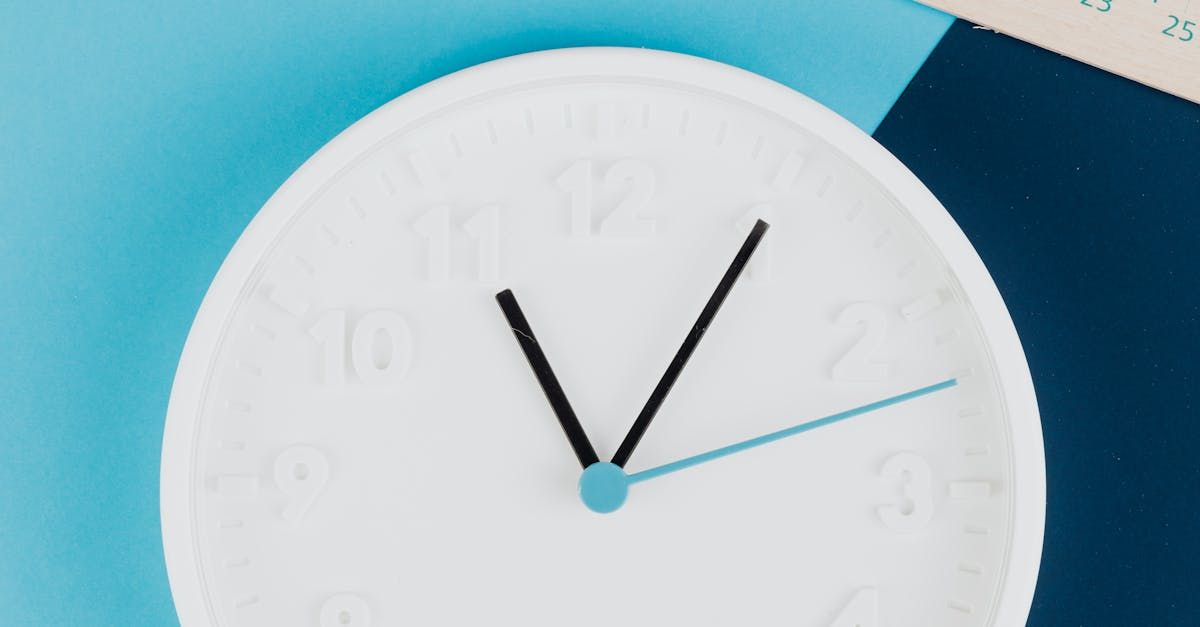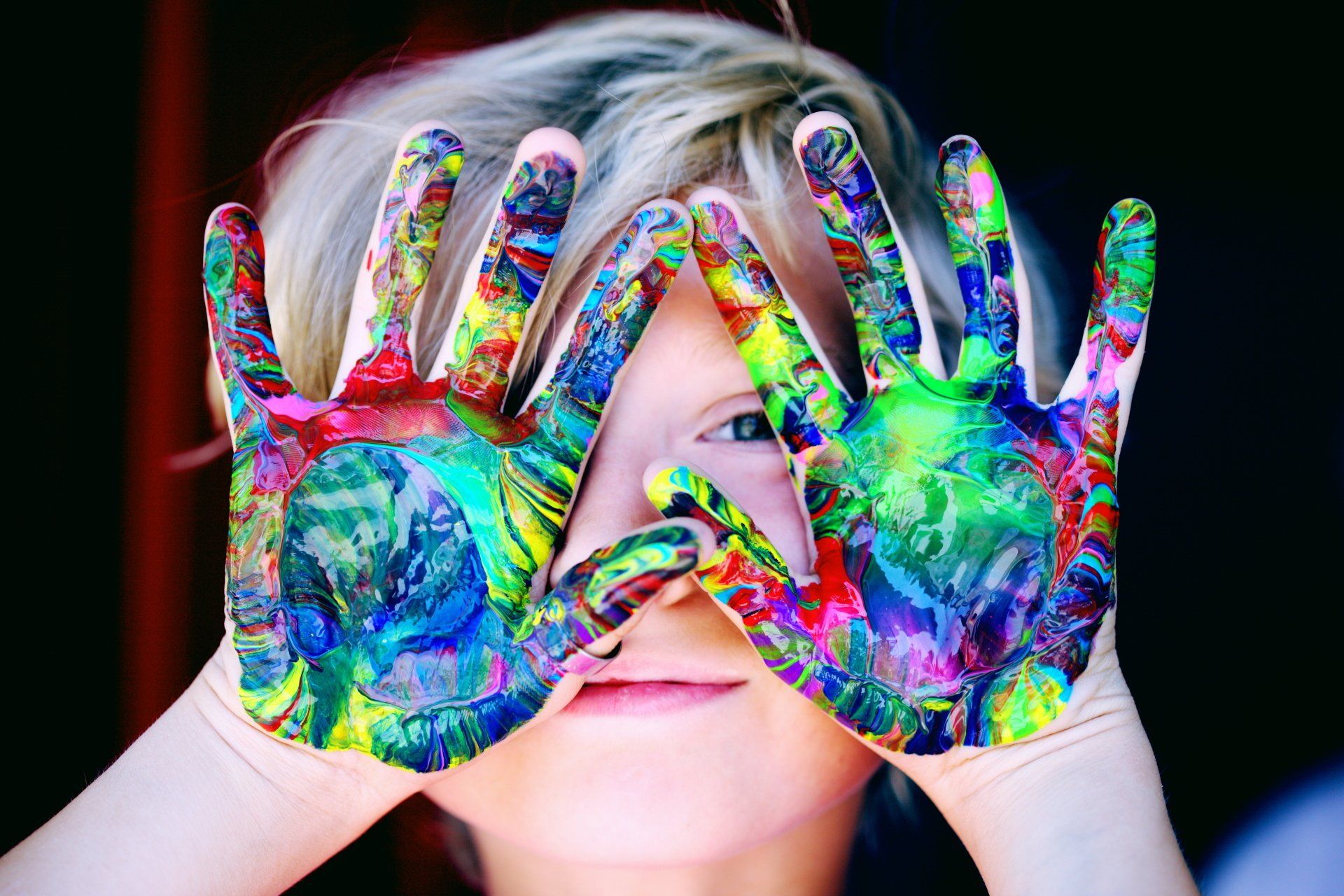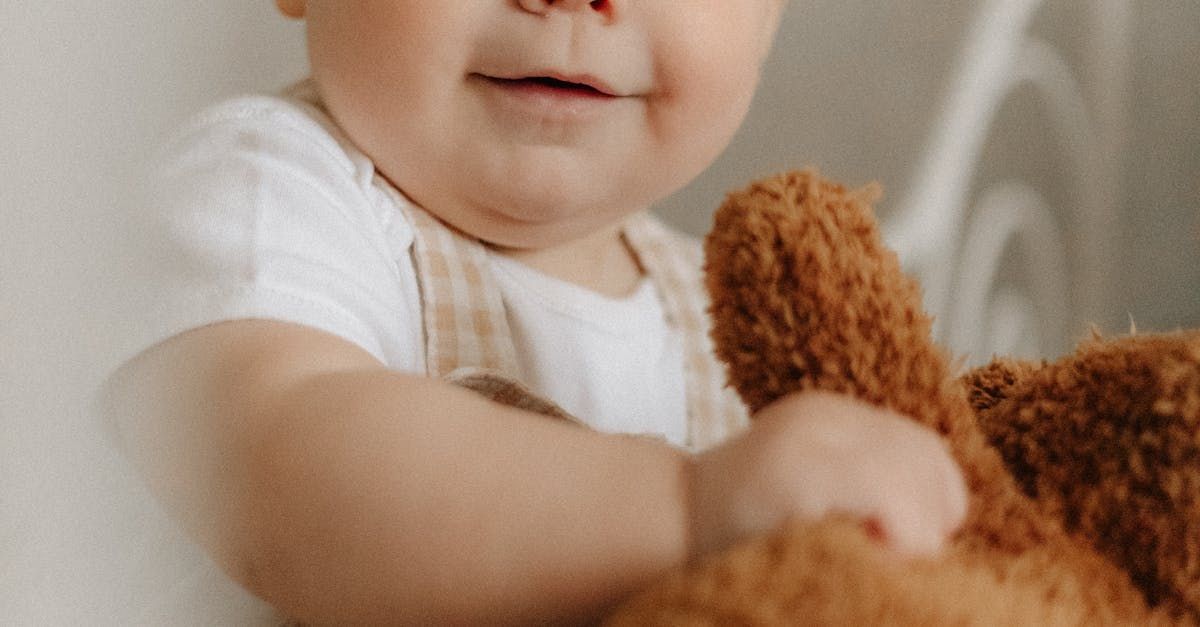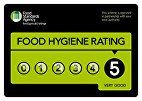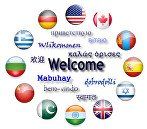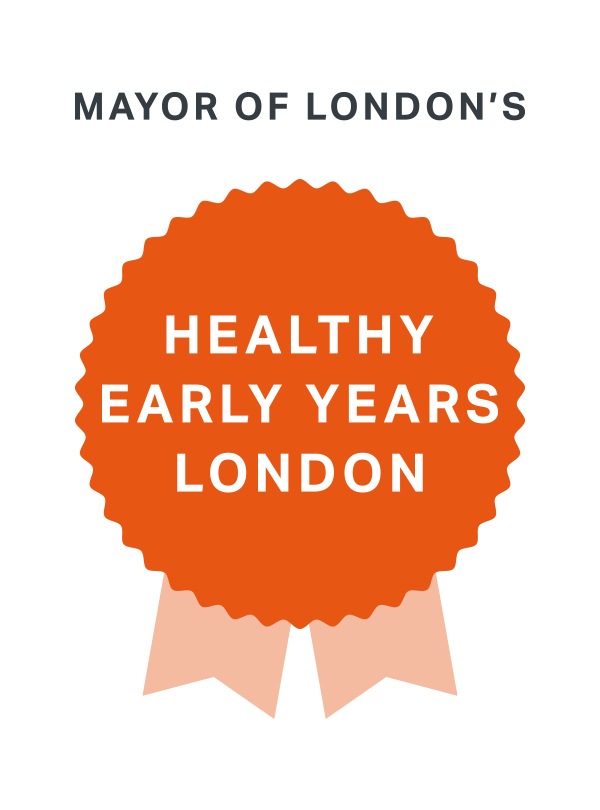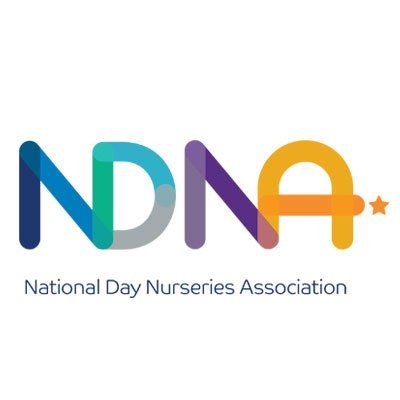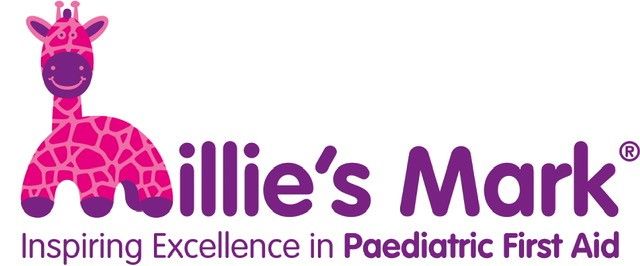Building Confidence through Art and Science
Building Confidence through Art and Science
Building confidence in children is a vital part of their growth and development. Confidence allows children to trust their abilities, face challenges head-on, and develop a healthy self-esteem. One effective way to nurture confidence in children is through the integration of art and science. These disciplines not only promote creativity but also enhance cognitive and emotional development, providing a well-rounded approach to education. In this blog, we will explore how art and science can work together to build confidence in children, offering practical tips and activities for parents and educators.
The Intersection of Art and Science
Art and science may seem like two distinct fields, but they share a powerful synergy when it comes to fostering creativity and learning in children. Art encourages self-expression, imagination, and emotional growth, while science stimulates curiosity, problem-solving skills, and analytical thinking. By integrating these disciplines, we can create a holistic educational experience that benefits children's overall development.
Benefits of Art in Building Confidence
Art plays a crucial role in building confidence in children. Through various art activities, children learn to express themselves freely, which helps them understand and manage their emotions better. Activities such as drawing, painting, and sculpting allow children to explore their creativity without fear of judgment. When children see their creations come to life, it boosts their self-esteem and encourages them to take on new challenges.
Examples of Art Activities that Boost Confidence:
Drawing and Painting: Encourages children to express their thoughts and feelings visually.
Sculpting with Clay: Enhances fine motor skills and provides a tactile experience that fosters creativity.
Collage Making: Allows children to explore different textures and materials, promoting imaginative thinking.
The Role of Science in Fostering Curiosity
Science is a powerful tool for sparking curiosity and fostering a love for learning in children.
Scientific exploration encourages hands-on learning and experimentation, which are essential for developing problem-solving skills. By engaging in science activities, children learn to ask questions, seek answers, and think critically.
Fun Science Experiments to Encourage Hands-On Learning:
Baking Soda and Vinegar Volcano: Teaches children about chemical reactions in a fun and interactive way.
Planting Seeds: Demonstrates the process of germination and plant growth, fostering a connection with nature.
Magnifying Glass Exploration: Encourages children to observe and analyse objects closely, enhancing their attention to detail.
Practical Ways to Combine Art and Science at Home
Integrating art and science at home can be a rewarding experience for both children and parents. Combining these disciplines through creative projects can make learning enjoyable and impactful.
DIY Art and Science Projects:
Rainbow in a Jar: A colourful experiment that teaches about density and colour mixing.
Nature Art: Collect leaves, flowers, and other natural materials to create beautiful art pieces while learning about different plant species.
Shadow Drawing: Use a flashlight to create shadows of objects and draw their outlines, teaching about light and shadow.
Tips for Parents:
-Provide a Variety of Materials: Ensure you have art supplies and basic science tools available at home.
-Encourage Curiosity: Allow children to explore and ask questions during activities.
-Be Patient and Supportive: Let children take the lead in their creative processes, offering guidance when needed.
Case Studies and Success Stories
Real-life examples and success stories can be inspiring and motivating for parents and educators. Many children have thrived through the integration of art and science, developing strong confidence and a love for learning.
Success Stories:
Emma's Journey: Emma, a shy 7-year-old, gained confidence through art classes where she learned to express herself. Her curiosity was further sparked by participating in simple science experiments at home, leading her to excel in both areas.
Liam's Transformation: Liam struggled with traditional learning methods but flourished when his parents introduced him to art and science projects. His newfound confidence led to better performance in school and a greater enthusiasm for learning.
Creating an Encouraging Environment
Creating a supportive environment for creativity is crucial for building confidence in children. A well-organised and welcoming space can inspire children to explore their interests and develop their skills.
Tips for Setting Up a Creative Space:
-Designate a Creative Area: Set up a specific area in your home for art and science activities.
-Keep Supplies Accessible: Ensure that art supplies and science tools are within easy reach.
-Encourage Exploration: Allow children to experiment with different materials and ideas without fear of making mistakes.
Overcoming Challenges
Parents and educators may face challenges when integrating art and science into children's routines. Common obstacles include limited time, resources, and a lack of confidence in facilitating these activities.
Strategies to Overcome Challenges:
-Start Small: Begin with simple projects that require minimal materials and time.
-Use Online Resources: Take advantage of educational websites and videos for ideas and guidance.
-Seek Community Support: Join local groups or online communities focused on art and science education for additional support and inspiration.
Incorporating Technology in Art and Science
Technology can enhance learning in both art and science, providing new and exciting ways to engage children. Educational apps, online resources, and digital tools can make these subjects more accessible and interactive.
Recommended Educational Apps and Resources:
Khan Academy Kids: Offers interactive lessons in various subjects, including art and science.
Toca Lab: A fun app that introduces children to the elements of the periodic table through playful exploration.
DIY.org: Provides a platform for children to learn new skills and share their creative projects.
Conclusion
Building confidence through art and science is a powerful approach to education. By encouraging creativity and curiosity, parents and educators can help children develop a strong sense of self and a lifelong love for learning. Embrace the synergy of art and science, and watch your children thrive in their journey of exploration and discovery.
FAQs
**What are some simple art activities to start with?**
Drawing, painting, and collage making are great starting points for encouraging creativity and self-expression in children.
**How can science experiments boost a child’s confidence?**
Science experiments promote hands-on learning and problem-solving skills, which can help children feel more capable and confident in their abilities.
**What materials are best for home art and science projects?**
Basic art supplies (paper, crayons, paint) and simple science tools (magnifying glass, baking soda, vinegar) are perfect for starting home projects.
**How can technology be safely used in creative education?**
Educational apps and online resources can enhance learning while maintaining safety by using parental controls and monitoring screen time.
GLOBAL KIDS DAY CARE LIMEHOUSE
Lascar Wharf Community Centre, Limehouse, London, E14 7FN. | Tel: 0207 001 1210 Email: limehouse@globalkidsdaycare.co.uk
GLOBAL KIDS DAY CARE MILE END
21 Burdett Road, Mile End, London, E3 4TU. | Tel: 0208 980 1706 Email: mile-end@globalkidsdaycare.co.uk
GLOBAL KIDS DAY CARE ALDGATE EAST
52 Old Castle Street, Aldgate East, London E1 7AJ. | Tel: 0203 302 7800 / Mobile: 07823 770035 | Email: aldgateeast@globalkidsdaycare.co.uk
Opening Times: 8am - 6pm

